Why Broken Onboarding Is Costing You Customers (and How to Fix It Fast)
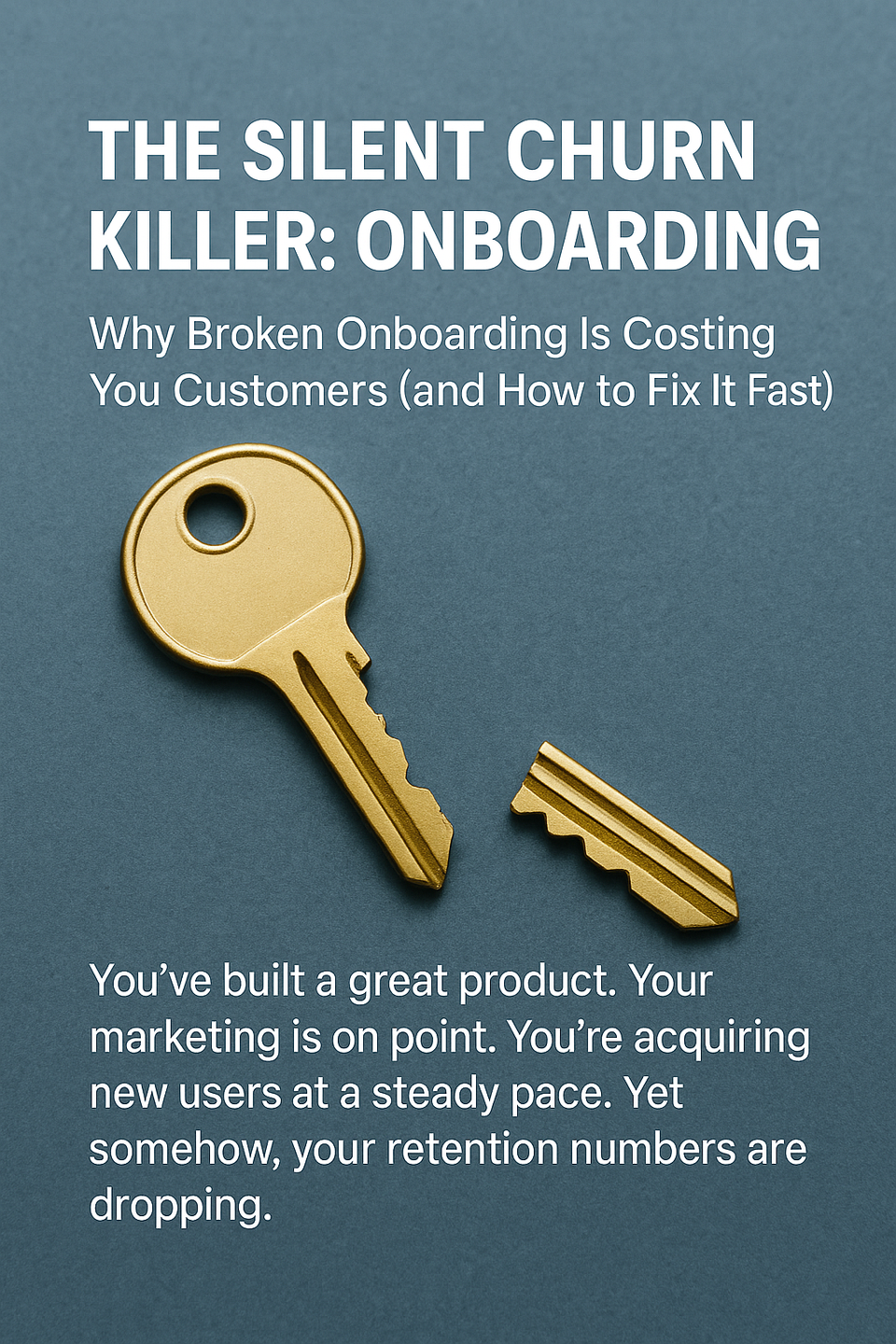
The Silent Churn Killer: Onboarding
You've built a great product. Your marketing is on point. You're acquiring new users at a steady pace. Yet somehow, your retention numbers are dropping.
Sound familiar?
If you're watching customers sign up only to disappear weeks later, you're not alone. The cause might not be your product's core functionality—it's likely your onboarding experience.
ProfitWell's "The State of SaaS Retention" report reveals a startling truth: the first impression you make during onboarding can make or break your customer relationships. Users who engage deeply during onboarding become loyal customers. Those who don't? They're already mentally checking out before the trial period ends.
Consider these findings:
- Early engagement is crucial for customer retention. If users don’t see immediate value, they are 60-80% more likely to cancel within the first three months.
- Personalized onboarding leads to higher retention. SaaS companies offering tailored onboarding experiences experience up to 38% higher retention rates compared to those with one-size-fits-all approaches.
- Support should extend beyond setup. Providing continuous guidance throughout the first 90 days increases the likelihood of customer renewal by 25%.
Think of onboarding not as a feature checklist, but as your product's handshake with the customer. Make it weak or forgettable, and you've already lost them—even if they haven't canceled yet.
The Real Cost of Broken Onboarding
“Customer Success is when your customers achieve their Desired Outcome through their interactions with your company.”
says Lincoln Murphy, customer success expert. But when onboarding fails, those desired outcomes remain increasingly difficult to achieve.
The costs? Far steeper than most founders realize:
- Losing Revenue Due to Customer Churn
When customers don't experience their "aha moment" quickly enough, they don't just leave—they leave early. Early-stage churn is particularly damaging because:
- You've already spent the acquisition cost
- You haven't recovered your customer acquisition cost (CAC) through recurring revenue
- You've lost the lifetime value before it even started
2. The Opportunity Cost of Missed Expansion
Broken onboarding doesn't just lose customers—it loses upsell opportunities. Users who don't fully grasp your product's capabilities never discover the premium features that could solve their bigger problems.
Consider this: companies with strong onboarding see 68% higher average revenue per user compared to those with weak onboarding processes.
3. The Support Burden
When customers are poorly onboarded, your support team becomes the onboarding team by default—answering basic questions, troubleshooting avoidable issues, and essentially doing the job your onboarding should have done.
This creates a double impact:
- Increased support costs
- Reduced capacity for handling complex, high-value support cases
4. The Hidden Damage to Your Brand
One of the most damaging effects is the hit to your reputation. In today's connected world, unhappy users don’t just leave quietly—they talk. They leave negative reviews. They share their bad experiences in online communities.
Your poor onboarding experience isn’t just costing you current customers—it could also be turning away future ones.
Common Signs Your Onboarding Is Failing
Is your onboarding actually broken? According to OpenView Partners' Product-Led Growth Playbook, these red flags suggest it might be:
1. Activation Drop-Off
You're seeing a significant drop-off between sign-up and meaningful product usage. If more than 40% of new users never complete key setup actions, your onboarding has a serious activation problem.
2. The First-Week Dropout
There’s a noticeable increase in users leaving within the first seven days. This suggests they didn’t find enough value to stay—a common sign that your onboarding isn’t demonstrating the product’s benefits quickly enough.
3. Feature Blind Spots
Your product analytics show that most users only engage with a small fraction of your product's functionality. If fewer than 30% explore your core features within the first month, your onboarding isn’t clearly guiding them to the value your product offers.
4. Support Ticket Surge
Your support inbox is flooded with basic "how-to" questions that should have been covered during onboarding. When users are repeatedly asking "how do I do X?" for fundamental features, it's a clear indication your onboarding isn't educating effectively.
5. Extended Time-to-Value
Users take weeks to achieve what should take days. If the time between sign-up and first meaningful result is stretching beyond industry benchmarks, your onboarding path to value is too confusing or complicated.
Looking at these warning signs objectively can be painful—but it's the first step toward improvement.
Shift Your Mindset From Feature Delivery to Outcome Delivery
The fundamental problem with most onboarding experiences is a misalignment of goals. Product teams often design onboarding to introduce features, when they should be designing it to deliver outcomes.
Gainsight, a customer success platform, recommends a complete perspective shift:

This shift transforms onboarding from a product tour to a value journey. Instead of saying, "Here's what our product does," you're saying, "Here's how our product helps you succeed."
This outcome-focused approach requires:
Defining Clear Success Milestones
Map out the specific achievements that represent meaningful progress for your customer. For instance, a project management tool might define milestones as:
- Setting up first project
- Inviting team members
- Completing first task assignment
- Generating first progress report
Personalizing the Experience
Different users have different goals. A marketing director using your analytics platform has different priorities than a data analyst using the same tool. Your onboarding should reflect these differences.
Consider segmenting your onboarding based on:
- Role/job title
- Company size
- Primary use case
- Experience level
Accelerating Time to Value
Carefully examine your current onboarding path and ask: "Is this helping users achieve value faster?" Remove any steps that don't directly contribute to users experiencing their first success.
Utilizing Multiple Learning Formats
People learn differently. Effective onboarding incorporates:
- Interactive product tours
- Concise video tutorials
- Contextual help documentation
- Checklists and progress tracking
By embracing this mindset shift, you transform onboarding from a necessary evil into a strategic advantage—one that delivers results, not just features.
How to Fix It: A Lean Onboarding Framework
Ready for the practical part? Here's a streamlined approach to transforming your onboarding experience—without requiring months of development work or a complete product rework.
The LEAN Onboarding Framework focuses on getting users to their first success milestone as quickly as possible:
L – Locate the First Win
Begin by identifying your product's "aha moment"—that instant when users first experience meaningful value. This becomes your onboarding's North Star.
Action steps:
- Interview your happiest customers and ask: "What was the first moment you realized our product was worth it?"
- Analyze your retention data to find correlations between specific actions and long-term engagement
- Define a clear, measurable "first win" that's achievable within minutes (not days)
For example, a fitness app might discover that users’ first win is logging their first workout and seeing instant feedback on their progress—not completing an entire week's worth of workouts.
E – Eliminate Friction
Now examine every step in your current onboarding flow with brutal honesty. Anything that doesn't directly contribute to that first win is a candidate for removal.
Common friction points to eliminate:
- Long registration forms (do you really need their company size right now?)
- Premature feature education (save the advanced features for later)
- Technical jargon and product-speak (use your customers' language)
- Required settings that can be set to sensible defaults
One SaaS company reduced their onboarding steps from 14 to 5 and saw completion rates jump by 42%. Less really is more.
A – Assist with Context
Don't front-load all instructions. Instead, provide guidance exactly when users need it—just before they encounter each new challenge.
Effective contextual assistance includes:
- Tooltips that appear when hovering over unfamiliar elements
- Progress indicators showing what's been completed and what's next
- Celebratory messages after completing key steps
- Subtle animations that direct attention to important actions
The key is relevance: help should appear when it's needed, not sooner or later.
N – Nudge Momentum
The enemy of successful onboarding is stagnation. Implement mechanisms that keep users moving forward, especially when they drop off.
Momentum-building tactics:
- Email sequences that highlight next steps for inactive users
- In-app checklists with completion percentages
- Achievement unlocks for completing key setup steps
- Timely reminders for abandoned processes
Remember: each additional step a user completes increases their investment in your product and decreases the likelihood of churn.
By applying this LEAN framework, you're not just fixing onboarding—you're building a direct path to user success and, consequently, stronger retention.
Conclusion – Fix Onboarding, Fix Retention
The truth is simple but powerful: you don't have a retention problem. You have an onboarding problem.
When users fail to experience your product's value quickly, no amount of features, marketing, or support can save the relationship. Conversely, when users achieve meaningful results fast, they become advocates, not just customers.
The most successful SaaS companies don't view onboarding as a checkbox. They see it as their product's most strategic component—the bridge between acquisition and retention.
By applying the principles and frameworks outlined in this article, you can transform your onboarding from a friction point into a competitive advantage. Start small, measure carefully, and iterate quickly. The impact on your retention metrics—and ultimately your bottom line—will speak for itself.
Remember: customers don't buy your product to use features. They buy it to achieve outcomes. Make those outcomes accessible from day one, and you won't just reduce churn—you'll build a foundation for sustainable growth.
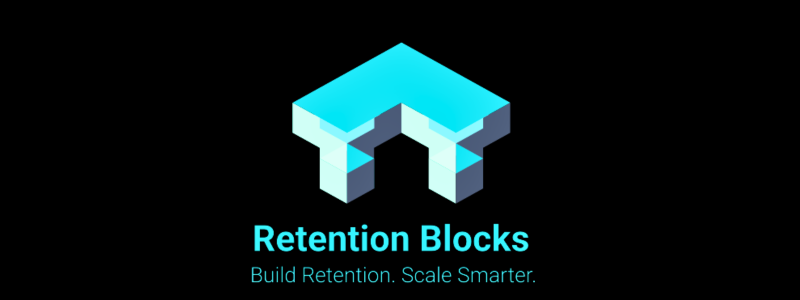
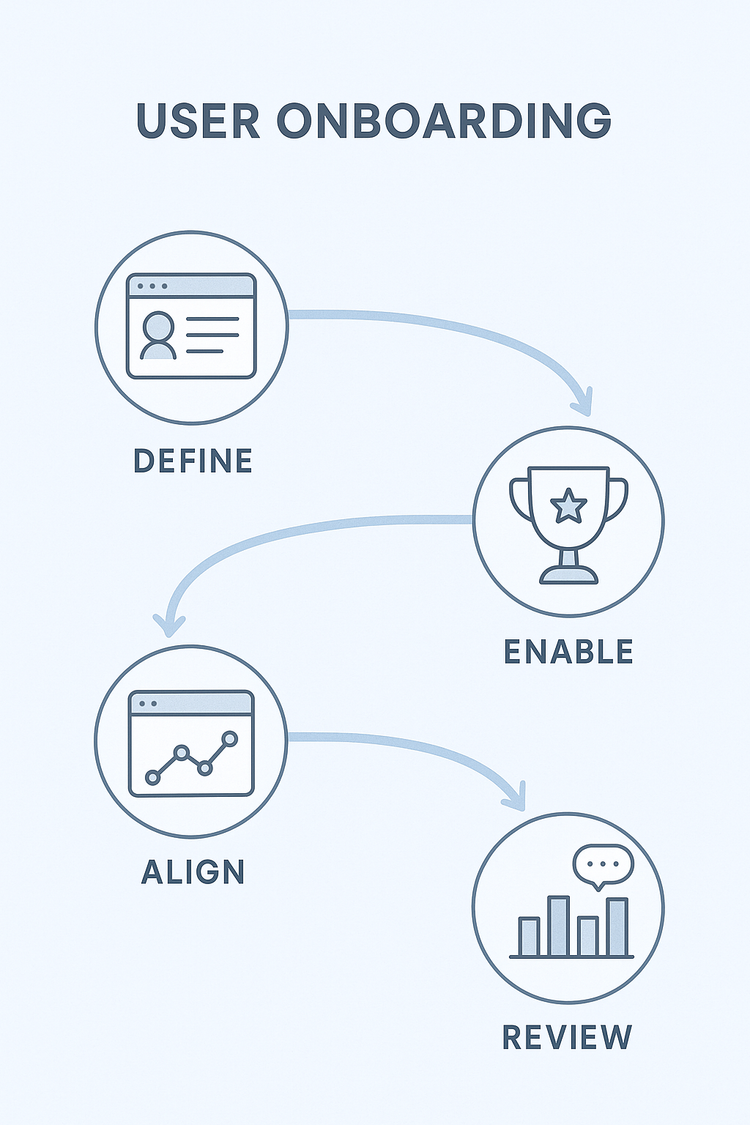


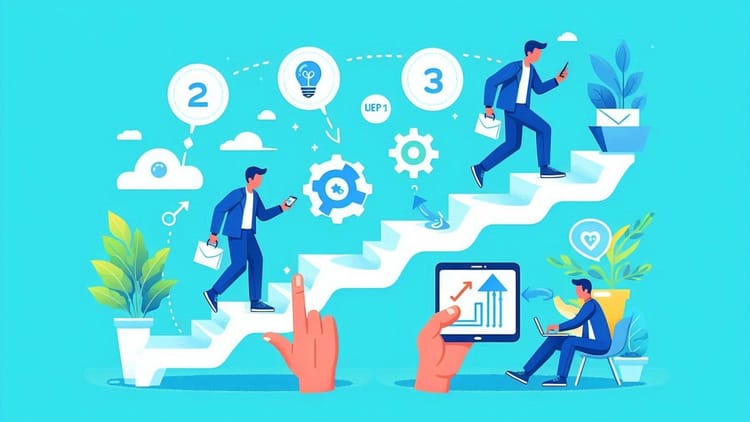
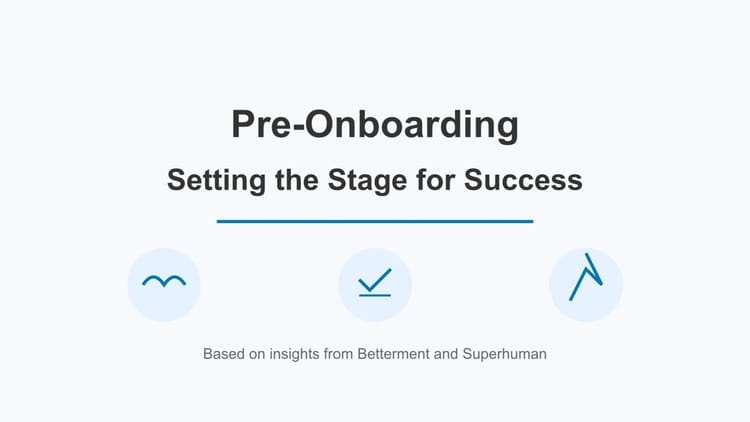
Member discussion